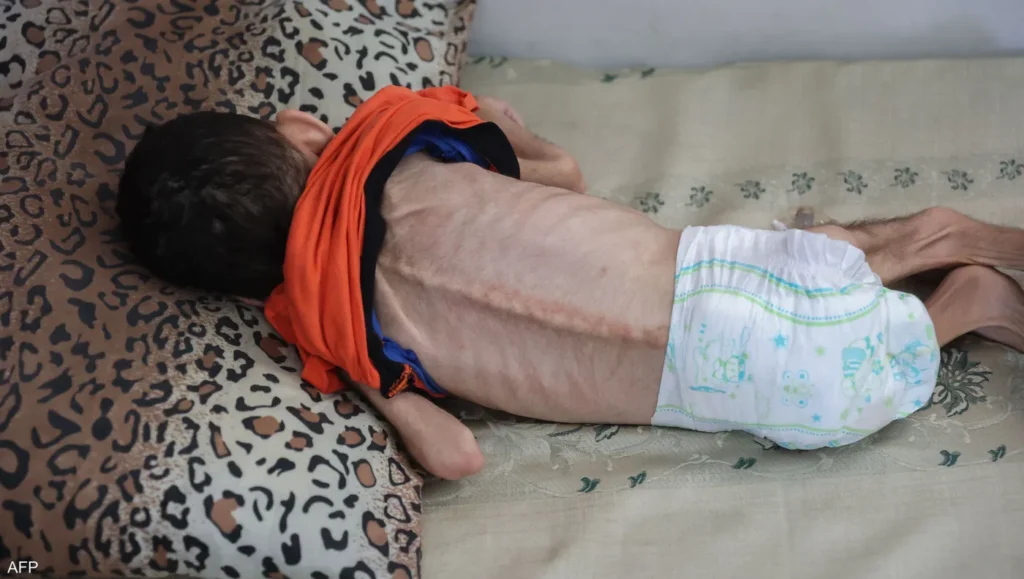Death from starvation (medically known as nutritional starvation or famine) is a slow and painful process that occurs when the body does not get enough food (calories, protein, and essential nutrients) for an extended period of time. Here’s what happens in detail:
Stage 1: Using Reserves
• The body begins burning glucose (sugar) found in the blood, liver, and muscles.
• When this glucose runs out, the body begins burning fat as an alternative source of energy.
• This can last for several days or weeks, depending on the person’s weight and health condition.
Stage 2: Muscle breakdown
• Once fat reserves are depleted, the body begins to break down muscle (body protein) for energy.
• This leads to general weakness, decreased activity, and muscle wasting.
Stage 3: Declining organ function
• The brain, heart, kidneys, and liver begin to be affected.
• Low blood pressure, hypoglycemia, and potassium and magnesium depletion, causing heart and respiratory disorders.
Final stage: Organ failure and death
• The body loses its ability to regulate its temperature, skin infections appear, and immunity worsens.
Death usually occurs due to:
• Heart failure
• Fatal infection (due to weakened immunity)
• Electrical malfunction in the heart due to a lack of elements such as potassium.
How long does it take for a person to die of starvation?
• It varies depending on the person, but:
• Approximately 30 to 70 days if only water is available.
• Faster in the absence of water (approximately 3 to 7 days).
Important notes:
• Children, the elderly, and the sick are affected more quickly.
• Death from starvation is not only the absence of food, but also the absence of essential nutrients (even with small amounts of food).






